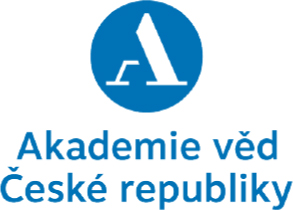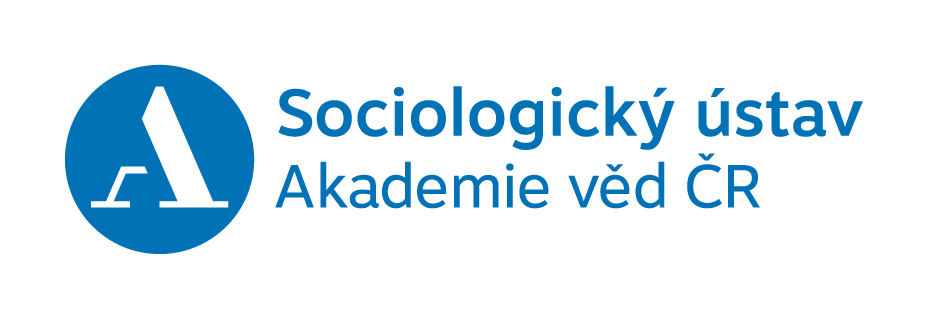The stability of voter preferences shortly before the election
In early June, i.e. a few days before the election, over a half of voters were decided which party to vote for. Less than a fifth of voters (17%) admitted they might change their mind and the same number of respondents…
Full press release



